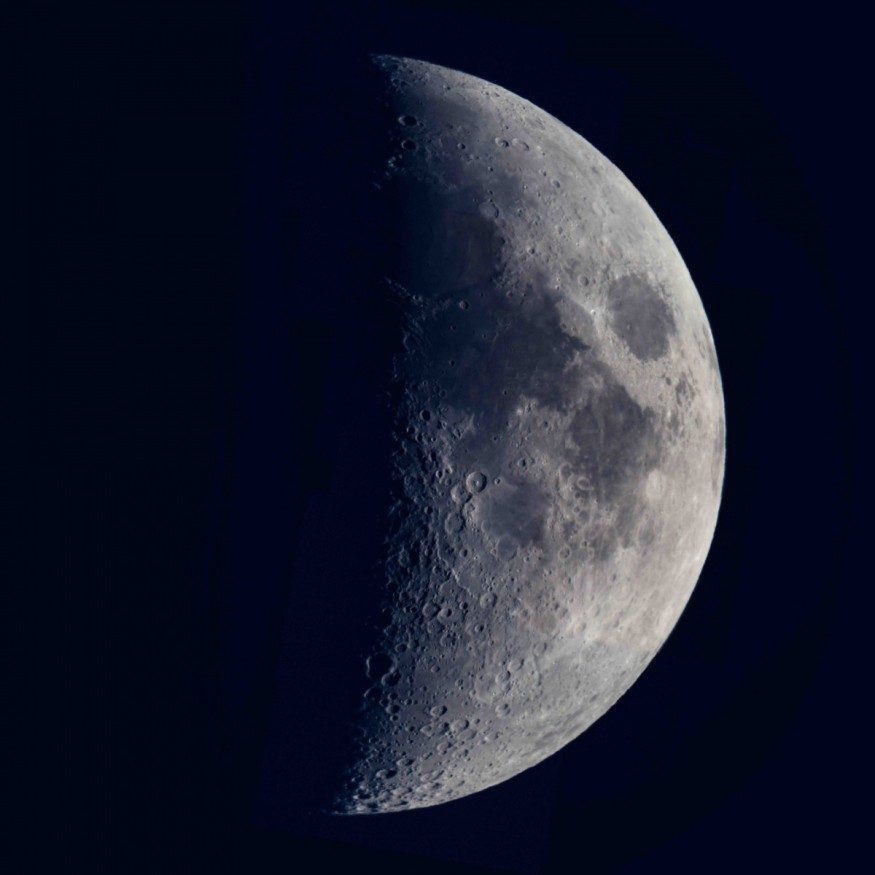AI SpaceFactory announced its first lunar outpost LINA designed to blend with the moon's terrain. The outpost would keep the astronauts safe on the moon as it could protect them during moonquakes, cosmic radiation, lunar dust contamination, and cold nights.
The project is a collaboration between NASA Kennedy Space Center and AI SpaceFactory. It is part of NASA's 2020 Announcement of Collaboration Opportunity (ACO).
ACO aims to partner with different companies for the moon and space technology mission. It has selected 17 companies that proposed relevant topics in the area of technology, such as small spacecraft technologies, sustainable power and intelligent system robotics. The total estimated resources to fund the projects cost $15.5 million.

LINA Lunar Outpost 3D Printing Material
LINA is different from conventional 3D prints because of its 60-degree angle. The angled design fitted the outpost's continuous vaulted roof.
AI SpaceFactory CEO David Malott has a positive outlook on the project. He said that the agency's Mars habitat prototype MARSHA proved that 3D printing was a feasible solution for the construction of the space habitation.
"Developing LINA and printing in an environment that is void of atmospheric pressures or weather systems advances that technology through a new context, with new and more precise variables," Malott said.
MARSHA's original 3D printing material is a polymer composite made with a Martian regolith. Yet, in the case of LINA, it is a lunar regolith. The regolith berm works as an inclined print bed that will support the initial layers. They prepare the berm in advance.
They will insert reusable metal tiebacks to anchor the first layers to ensure that warping won't take effect as the material cools.
Another difference between LINA from MARSHA is its ability to expand from a single structure to multiple units. This kind of structure can host scientific payloads and manned rovers.
ALSO READ: 1, 700 Feet 3D-Printed Habitat Will Be Assembled Soon For A Year-Long Mars-Living Simulation Testing
Lunar Outpost LINA's Construction on Moon's Surface
AI SpaceFactory collaborates with NASA on LINA's construction on the moon's surface. The team plans to build the 3D outpost at the Lunar South Pole, which is near the Shackleton crater. It is the same location where the Artemis Mission takes place within the next decade.
The moon's south pole region is known as "The Peak of Eternal Light." In this location, the sun resides at a low angle of incidence, resulting in its omnipresence of the sun. The region is perfect for construction as it has continuous light to provide solar power. On the other hand, the shadowed area of the crater can provide water ice. LINA's printing system is fit to operate in a vacuum at -170° to 70°C temperatures.
Based on the plan, integration of the photovoltaic tree will occur. The tree's main purpose is to harvest sunlight. Each unit has 75 square meters of occupiable floor area and 90 square meters of the central staging area. The printed 3D shell measures 8x9.4 meters with 5 meters height clearance.
The prototype is now undergoing its testing in a lunar environment chamber at NASA Kennedy Space Center Granular Mechanics and Regolith Operations Laboratory. The testing area mimics the same condition in the south pole region.
RELATED ARTICLE: Mars Potential Future Home: NASA Announces 3D Printed Habitat Challenge Winners
Check out more news and information on Space in Science Times.
© 2025 ScienceTimes.com All rights reserved. Do not reproduce without permission. The window to the world of Science Times.









